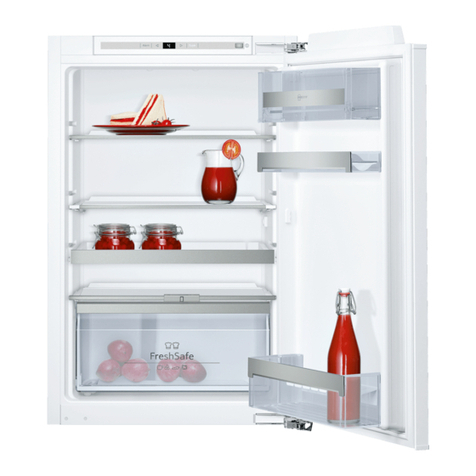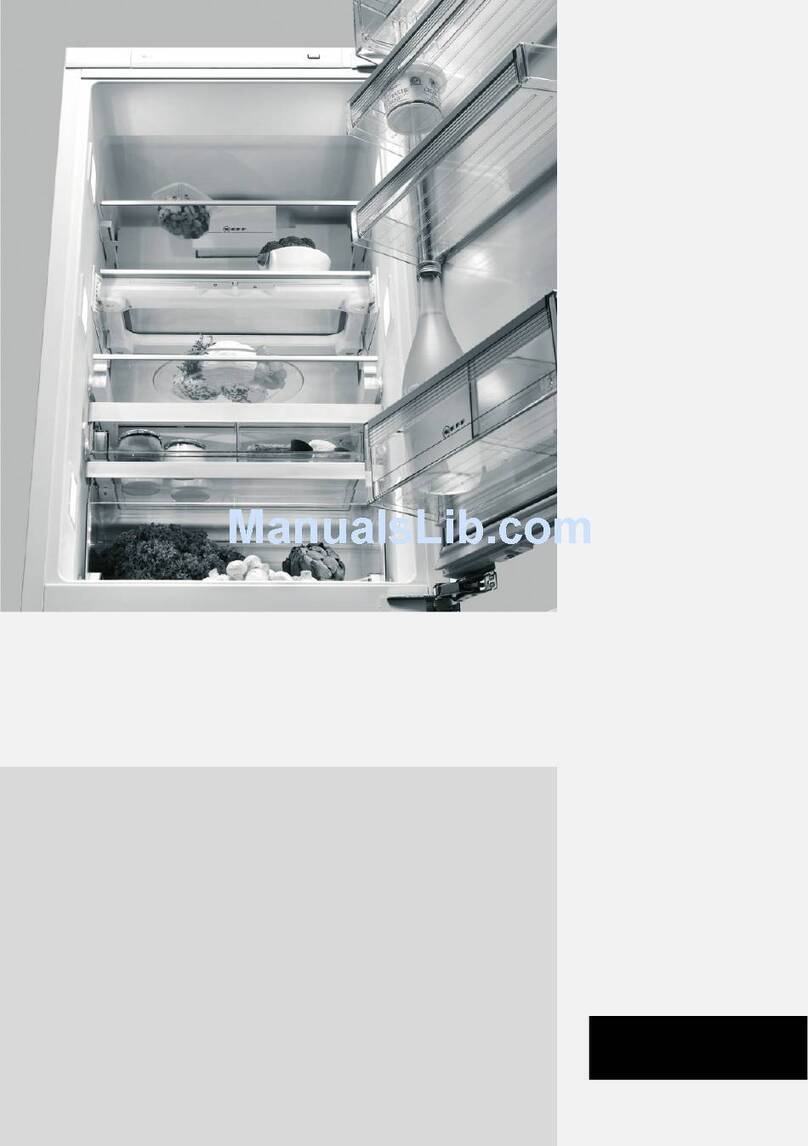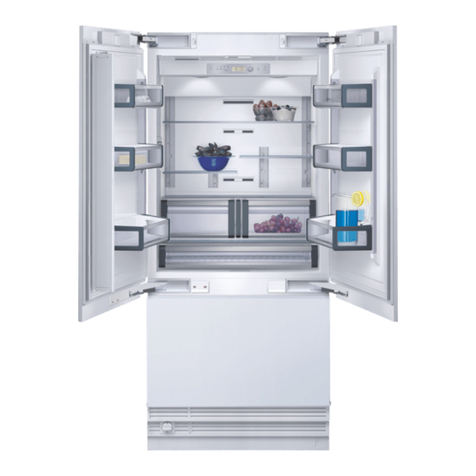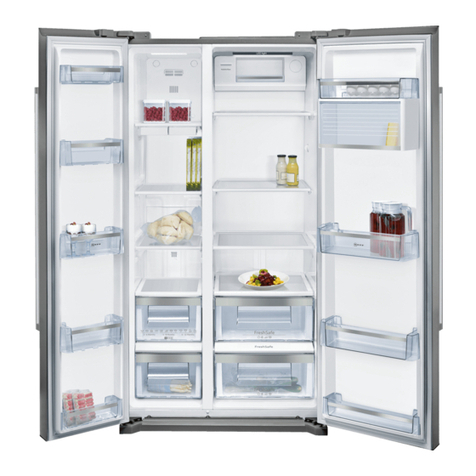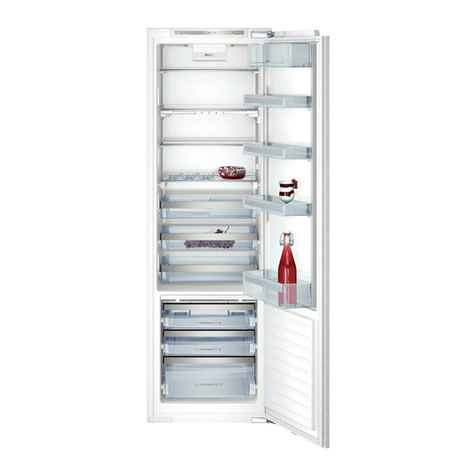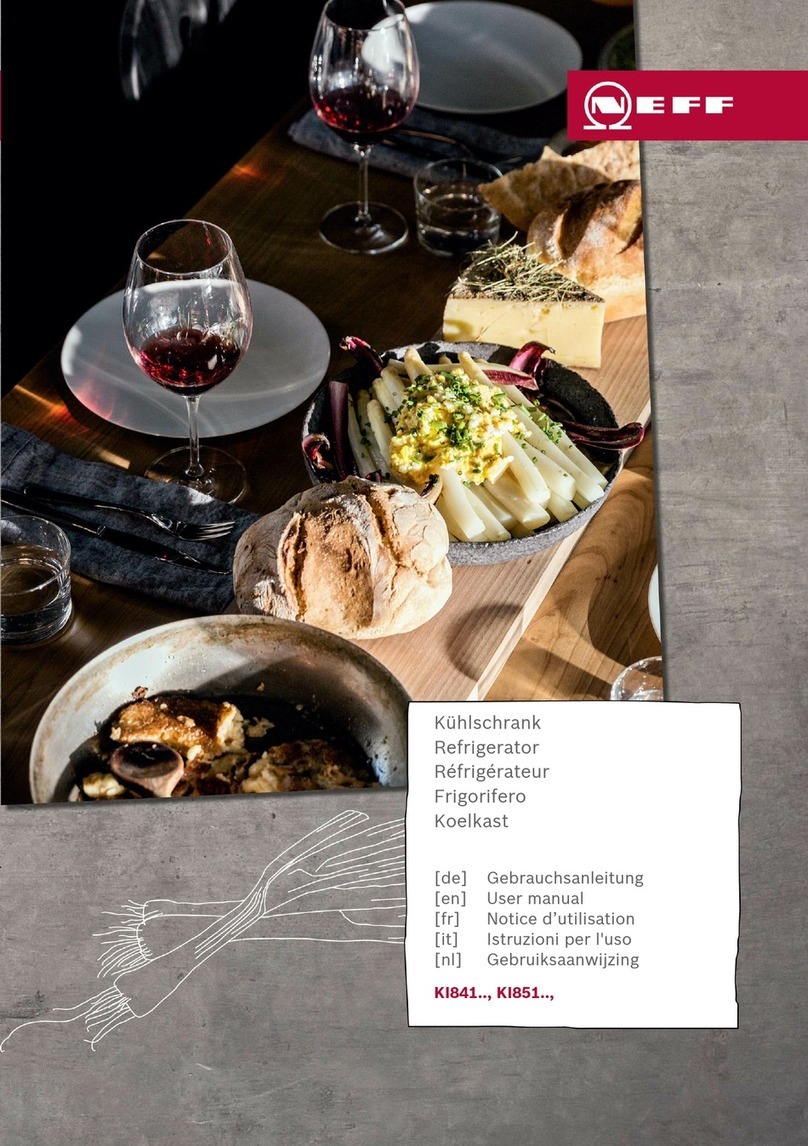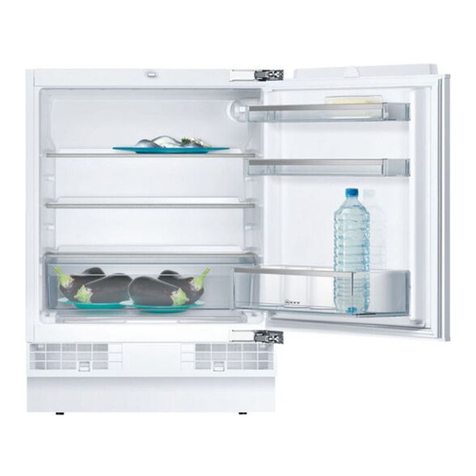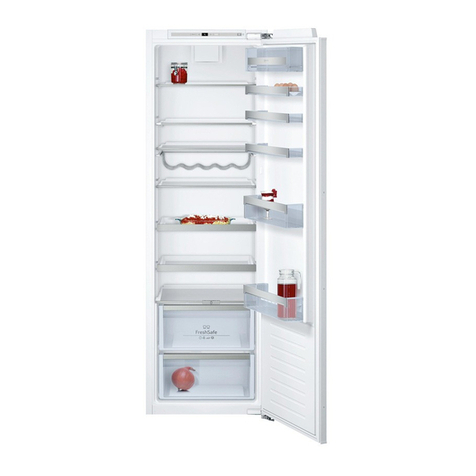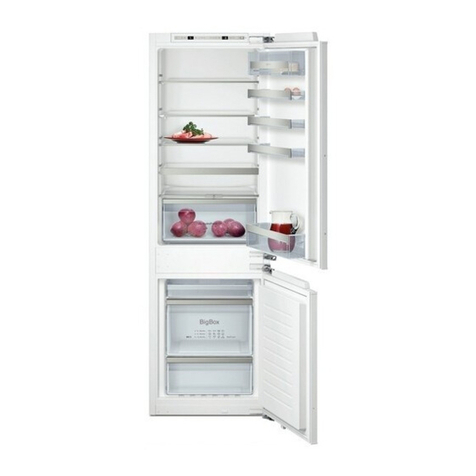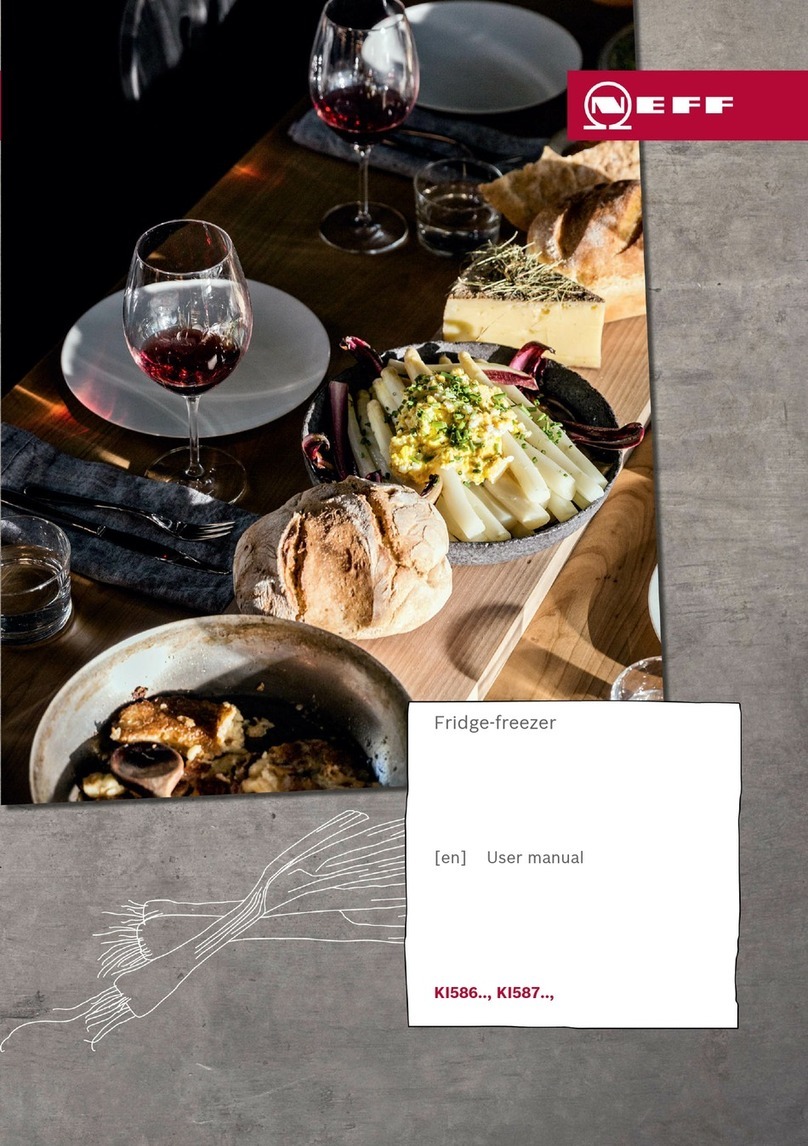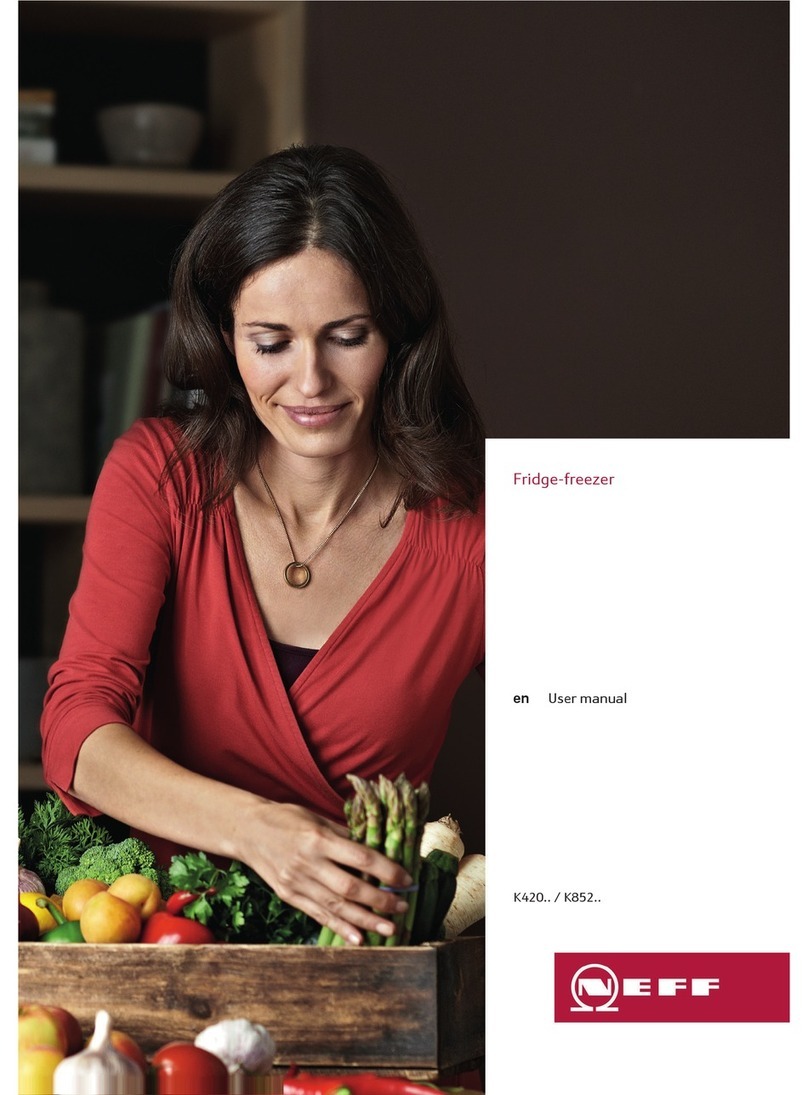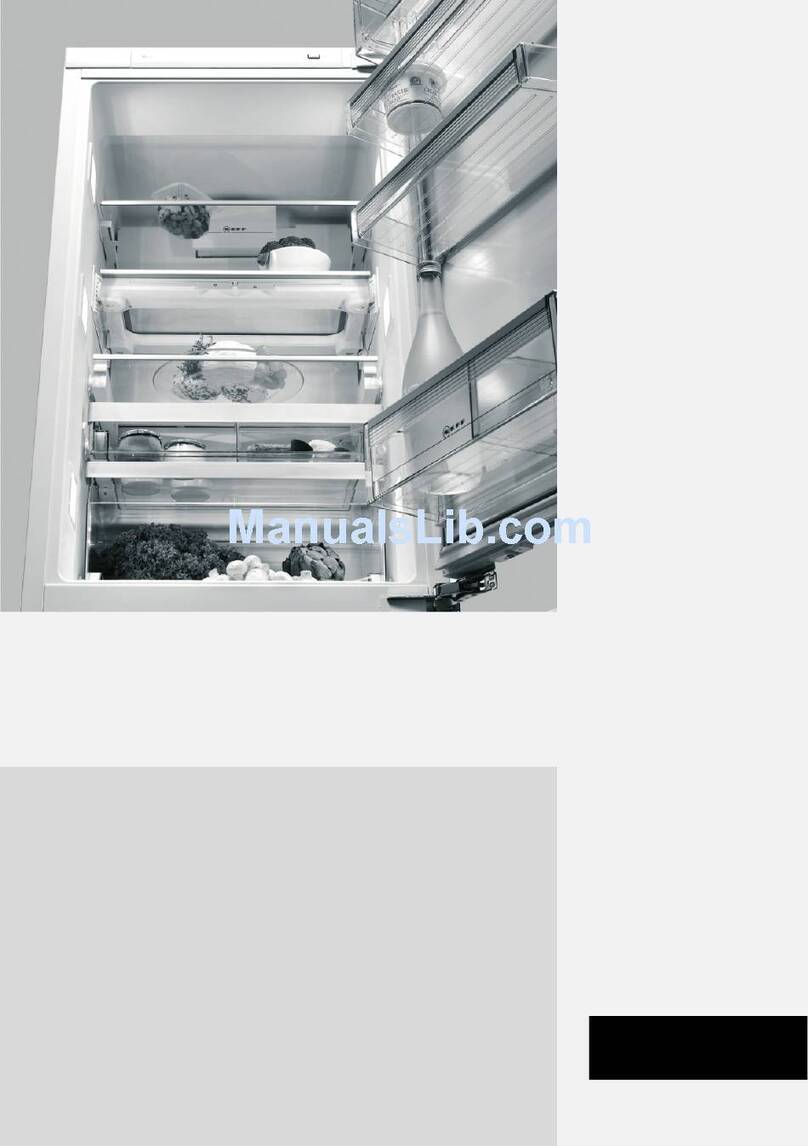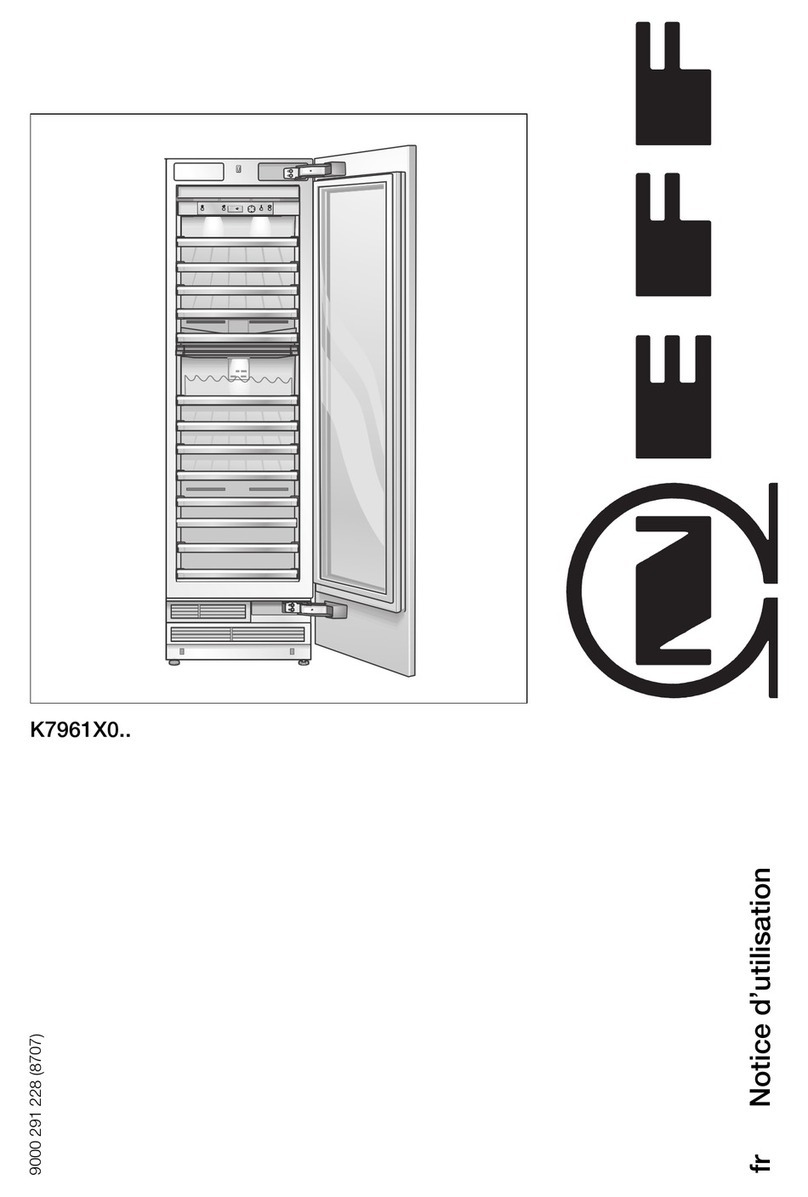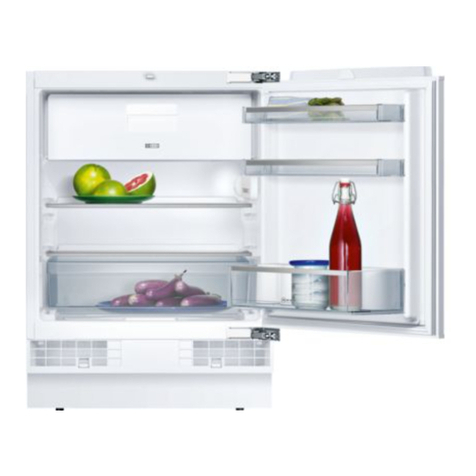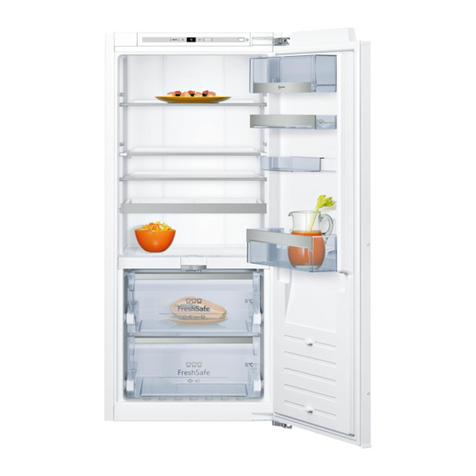
en
6
Table of contents
Safety...............................................8
General information..........................8
Intended use.....................................8
Restriction on user group.................8
Safe transport...................................9
Safe installation ................................9
Safe use .........................................10
Damaged appliance.......................12
Preventing material damage ........14
Environmental protection and
saving energy................................14
Disposing of packaging .................14
Saving energy.................................14
Installation and connection..........15
Scope of delivery............................15
Installing and connecting the ap-
pliance............................................15
Criteria for the installation loca-
tion..................................................16
Preparing the appliance for the
first time..........................................16
Connecting the appliance to the
electricity supply.............................16
Familiarising yourself with
your appliance...............................17
Appliance .......................................17
Controls ..........................................17
Features.........................................17
Shelf................................................18
Bottle shelf......................................18
Fruit and vegetable container ........18
Cool-fresh container .......................18
Butter and cheese compartment ...18
Door racks......................................19
Accessories....................................19
Basic operation .............................19
Switching on the appliance ............19
Operating tips.................................19
Switching off the appliance ............20
Setting the temperature..................20
Additional functions .....................20
Super cooling ................................20
Automatic Super freezing...............20
Manual Super freezing ...................21
Holiday mode .................................21
Alarm..............................................22
Door alarm .....................................22
Temperature alarm.........................22
Refrigerator compartment ............22
Tips for storing food in the refri-
gerator compartment .....................22
Chill zones in the refrigerator
compartment ..................................23
Cool-fresh compartment...............23
Storage times in the cool-fresh
compartment at 0°C .....................23
Freezer compartment....................23
Freezing capacity ...........................24
Fully utilising the freezer com-
partment volume ............................24
Tips for buying frozen food ............24
Tips for storing food in the
freezer compartment ......................24
Freezing smaller amounts of
food quickly....................................24
Tips for freezing fresh food ............25
Shelf life of frozen food at
−18°C............................................25
Freezer calendar ............................26
Defrosting methods for frozen
food ................................................26
Defrosting......................................26
Defrosting in the refrigerator
compartment ..................................26
